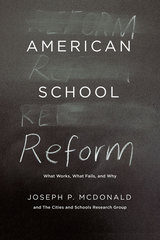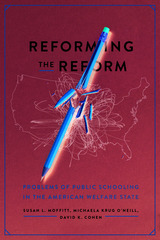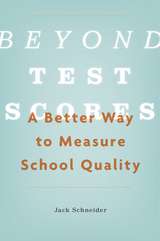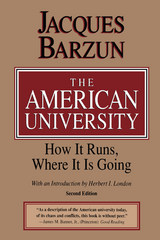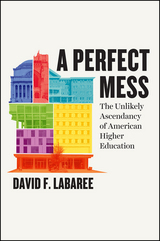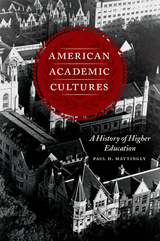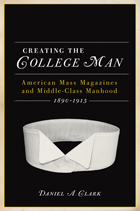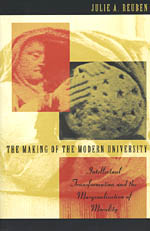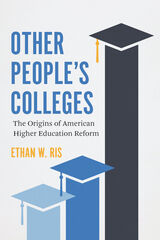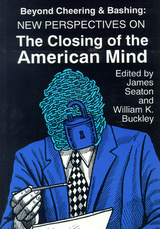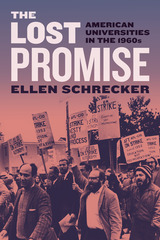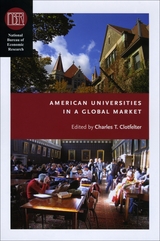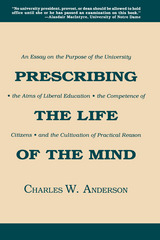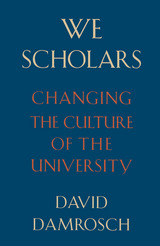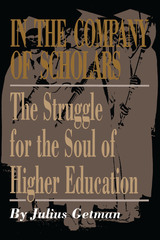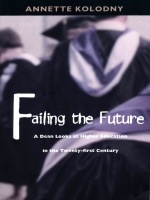Creating the College Man: American Mass Magazines and Middle-Class Manhood, 1890–1915
University of Wisconsin Press, 2010
Paper: 978-0-299-23534-5 | eISBN: 978-0-299-23533-8
Library of Congress Classification LA227.1.C56 2010
Dewey Decimal Classification 378.19820810973
Paper: 978-0-299-23534-5 | eISBN: 978-0-299-23533-8
Library of Congress Classification LA227.1.C56 2010
Dewey Decimal Classification 378.19820810973
ABOUT THIS BOOK | AUTHOR BIOGRAPHY | REVIEWS | TOC | REQUEST ACCESSIBLE FILE
ABOUT THIS BOOK
How did a college education become so vital to American notions of professional and personal advancement? Reared on the ideal of the self-made man, American men had long rejected the need for college. But in the early twentieth century this ideal began to change as white men born in the U.S. faced a barrage of new challenges, among them a stultifying bureaucracy and growing competition in the workplace from an influx of immigrants and women. At this point a college education appealed to young men as an attractive avenue to success in a dawning corporate age. Accessible at first almost exclusively to middle-class white males, college funneled these aspiring elites toward a more comfortable and certain future in a revamped construction of the American dream.
In Creating the College Man Daniel A. Clark argues that the dominant mass media of the era—popular magazines such as Cosmopolitan and the Saturday Evening Post—played an integral role in shaping the immediate and long-term goals of this select group of men. In editorials, articles, fiction, and advertising, magazines depicted the college man as simultaneously cultured and scientific, genteel and athletic, polished and tough. Such depictions underscored the college experience in powerful and attractive ways that neatly united the incongruous strains of American manhood and linked a college education to corporate success.
In Creating the College Man Daniel A. Clark argues that the dominant mass media of the era—popular magazines such as Cosmopolitan and the Saturday Evening Post—played an integral role in shaping the immediate and long-term goals of this select group of men. In editorials, articles, fiction, and advertising, magazines depicted the college man as simultaneously cultured and scientific, genteel and athletic, polished and tough. Such depictions underscored the college experience in powerful and attractive ways that neatly united the incongruous strains of American manhood and linked a college education to corporate success.
See other books on: Creating | Education, Higher | Gender Studies | Press coverage | Sociological aspects
See other titles from University of Wisconsin Press

